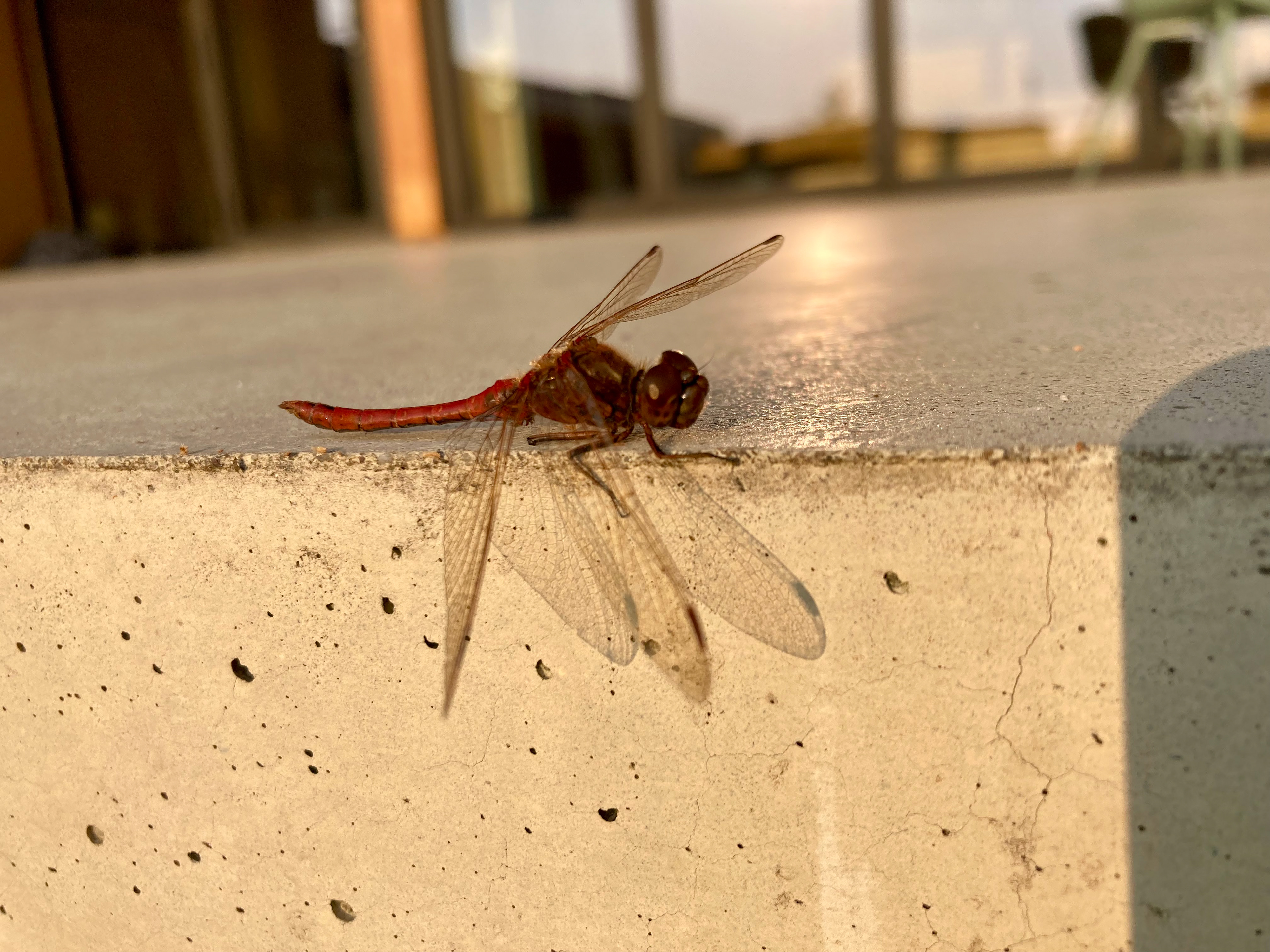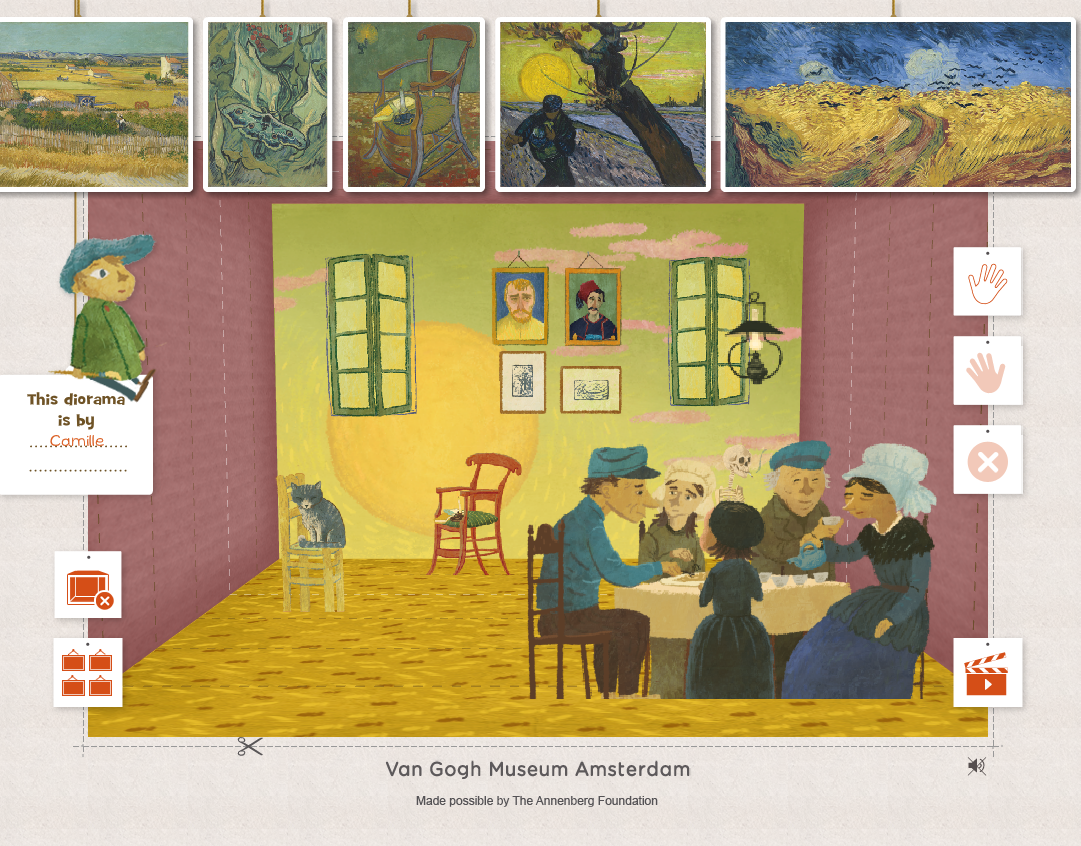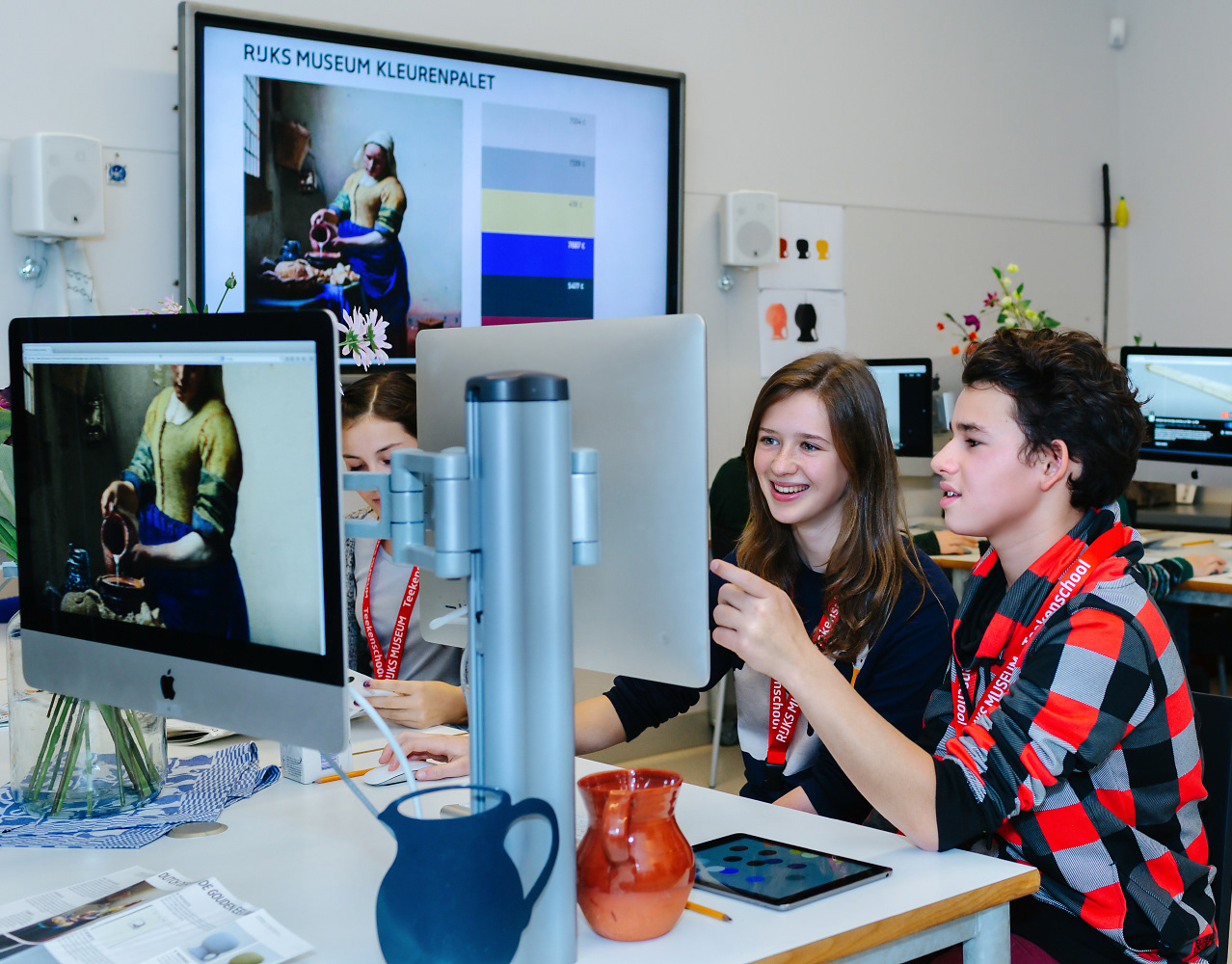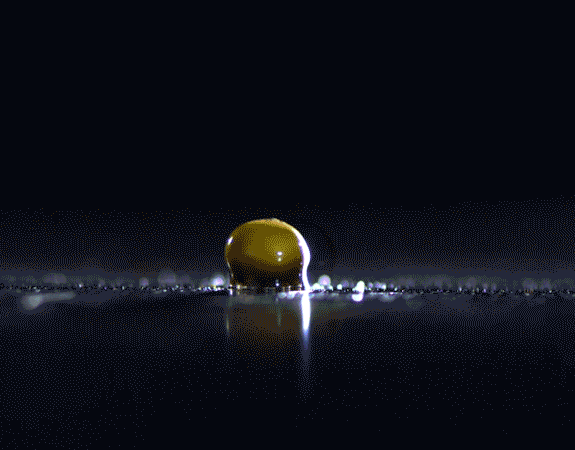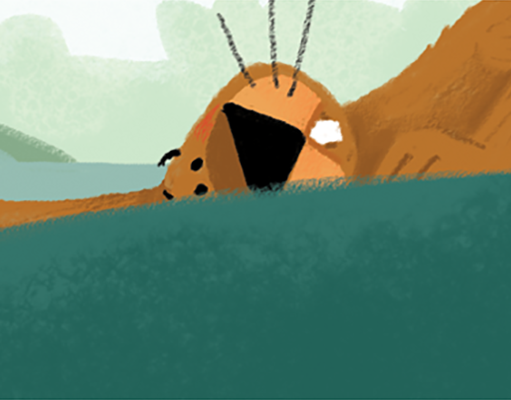A food forest is a layered system of edible plants designed to mimic natural ecosystems and provide food without external inputs. We started out on a former agricultural field.
In our first winter we planted a hedge of mostly native trees and shrubs like sea-buckthorn (Hippophae rhamnoides), juneberry (Amelanchier lamarckii), cornel (Cornus mas), gooseberry (Ribes rubrum), elder (Sambucus nigra) and common hazel (Corylus avellana). We are gradually adding more species from around the world, such as Chinese mahogany (Toona sinensis), nashi pear (Pyrus pyrifolia) and szechuan pepper (Zanthoxylum simulans). Designing a food forest is a new and exciting challenge, as it involves creating a dynamic ecosystem that evolves over time.
Because perennials take same time - especially when growing trees from seeds - the first couple of years we also grow edible crops in the vegetable garden.
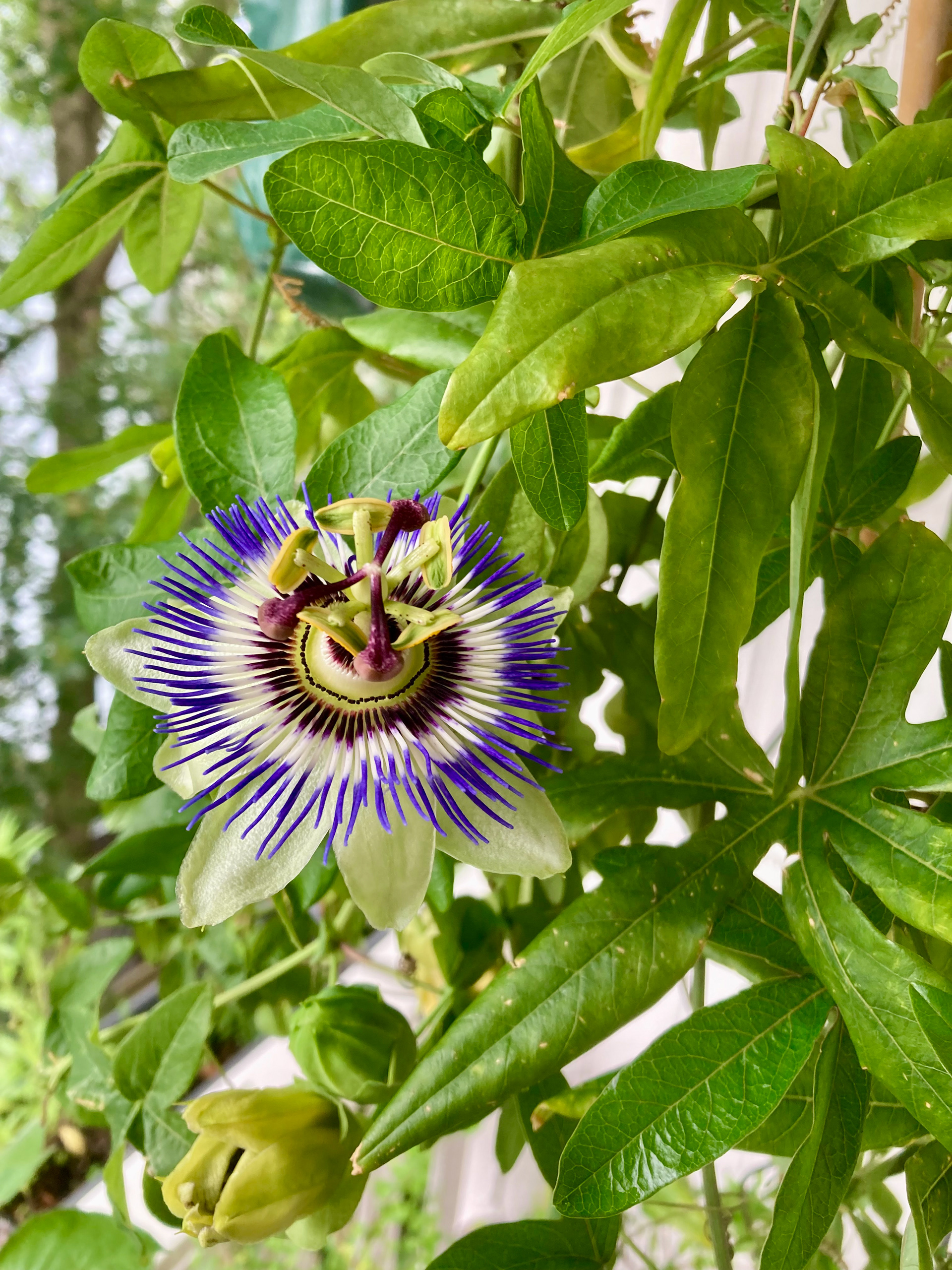
Flowering Passiflora
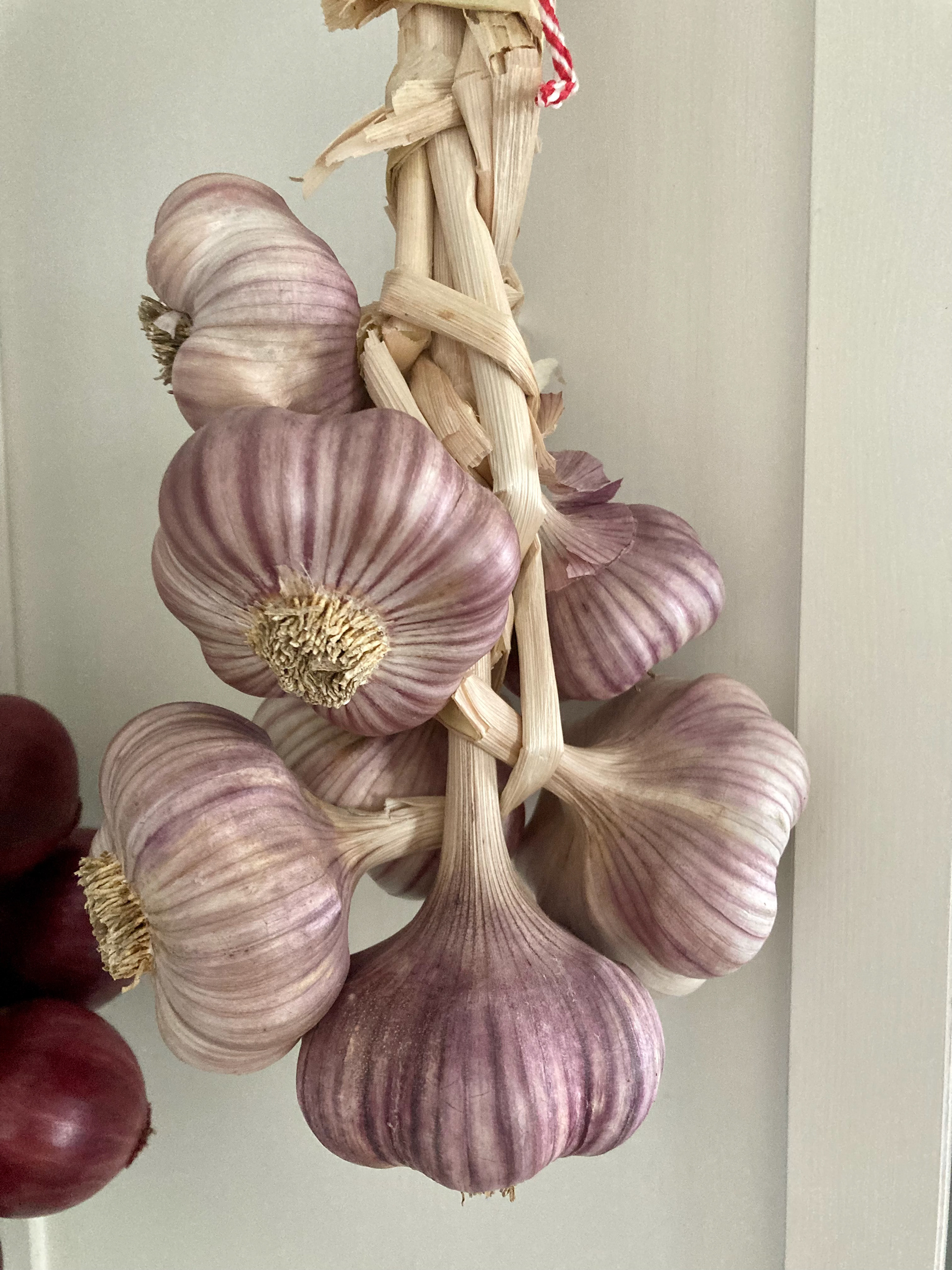
String of garlic
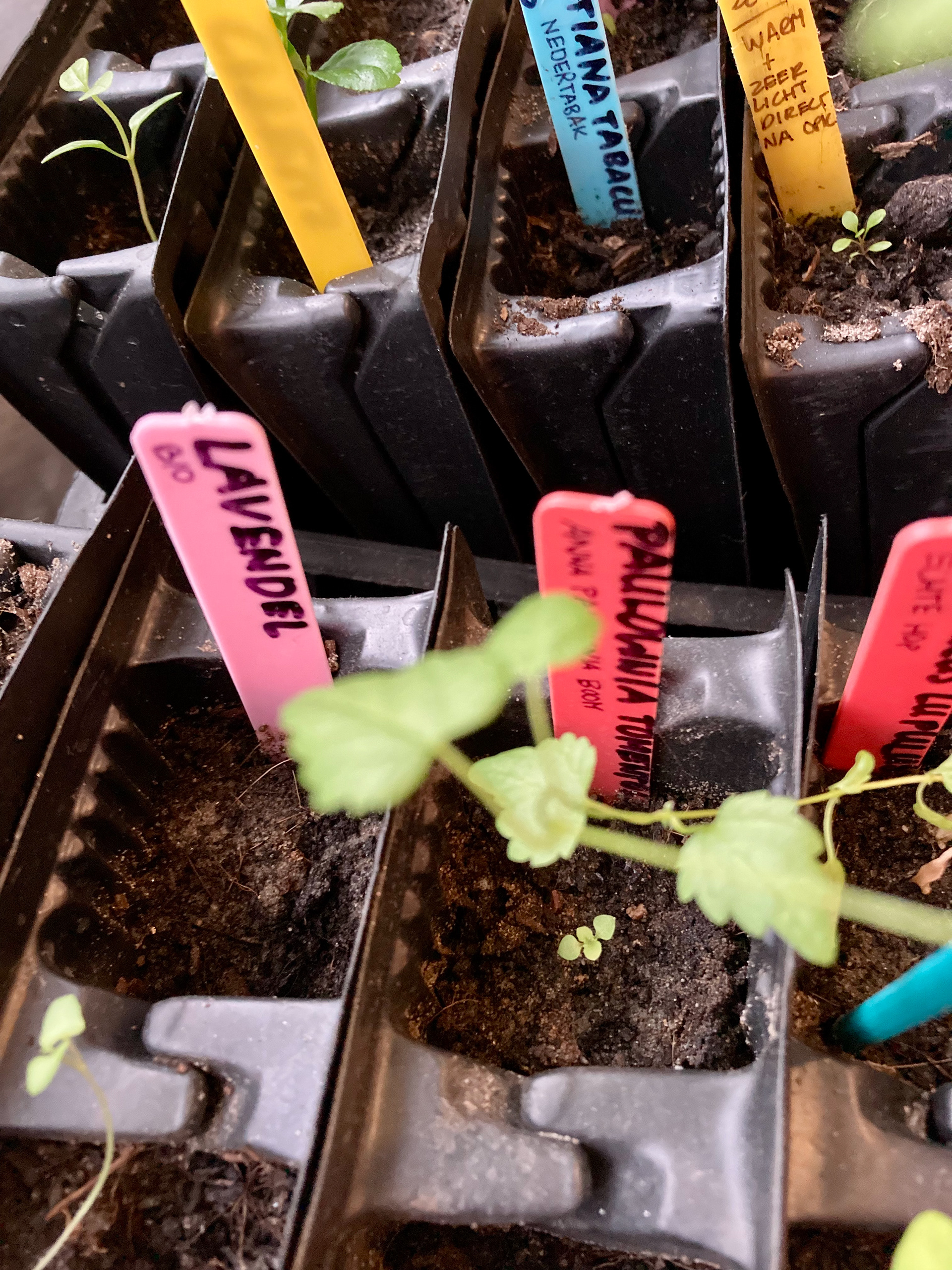
Sprouts
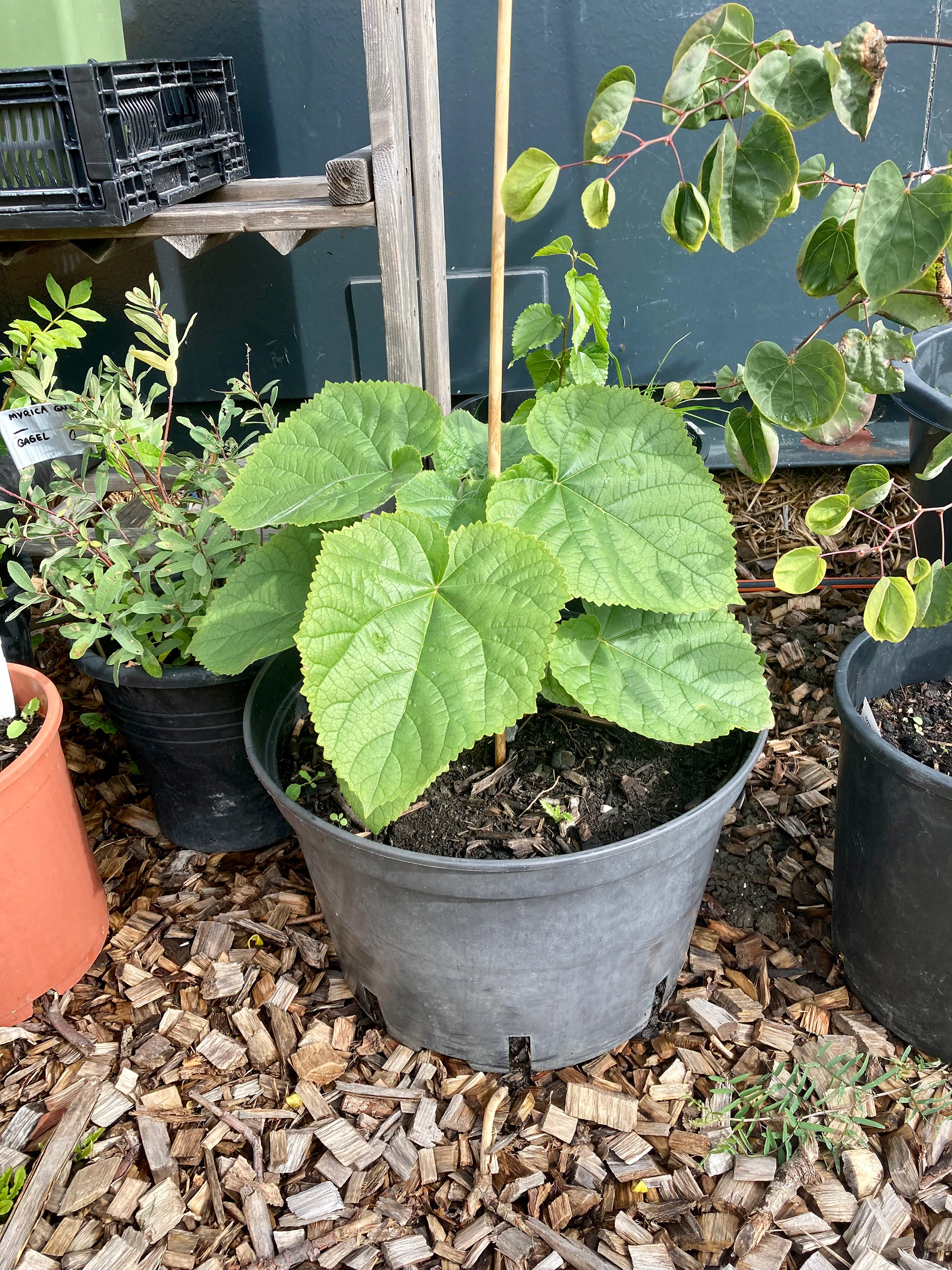
Young Anna Paulownia tree
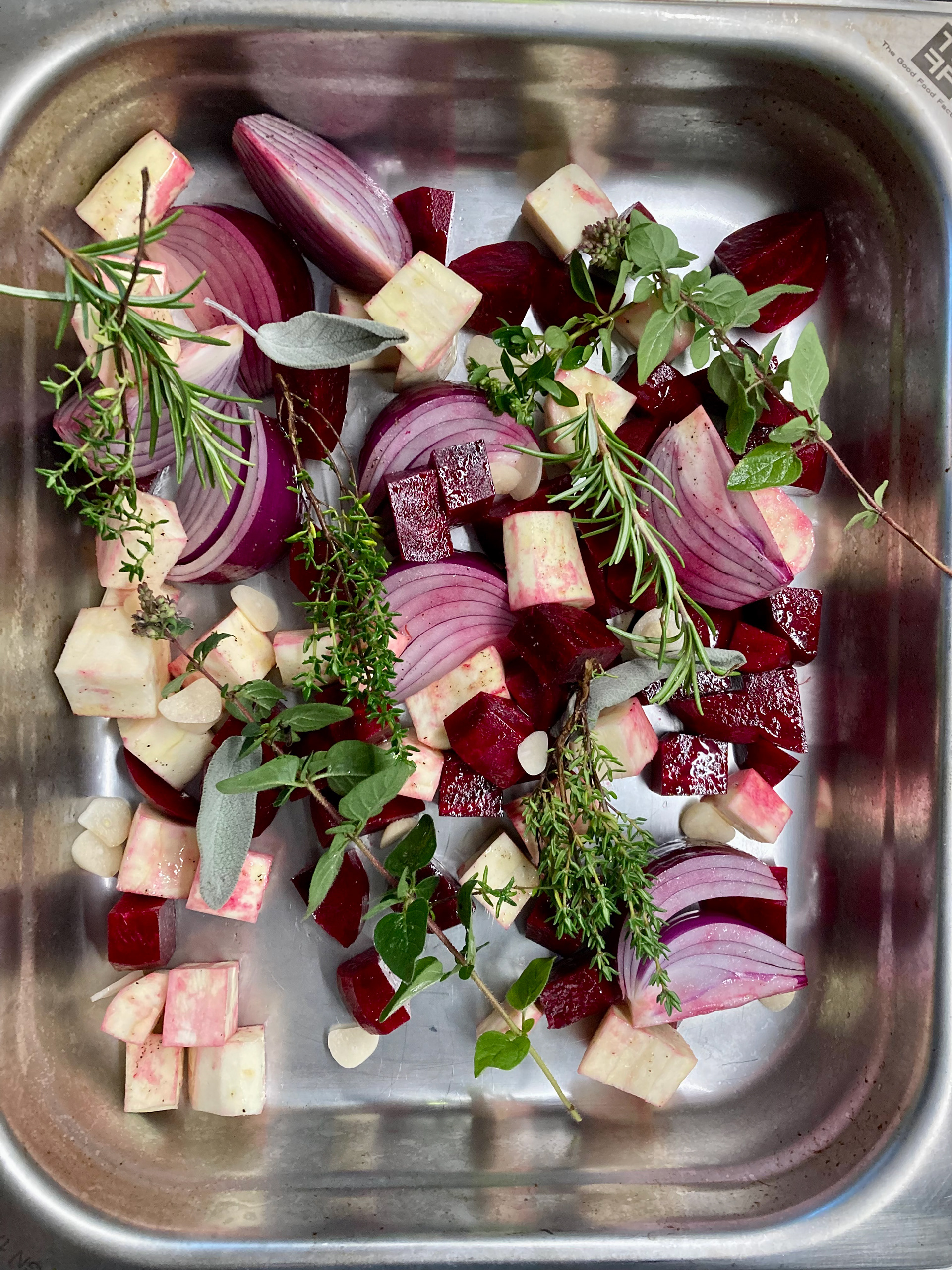
Vegetables and herbs from the garden
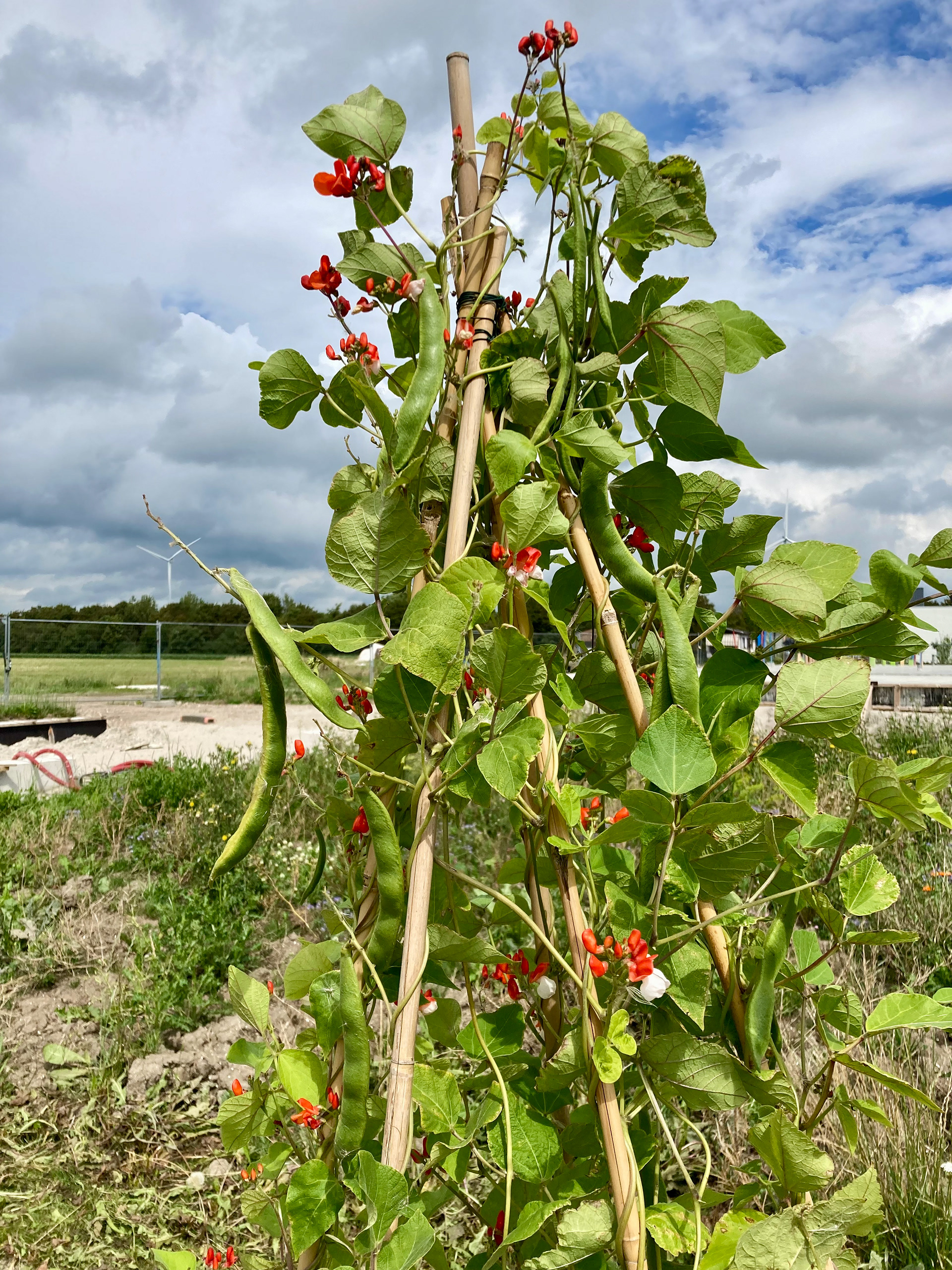
Runner beans
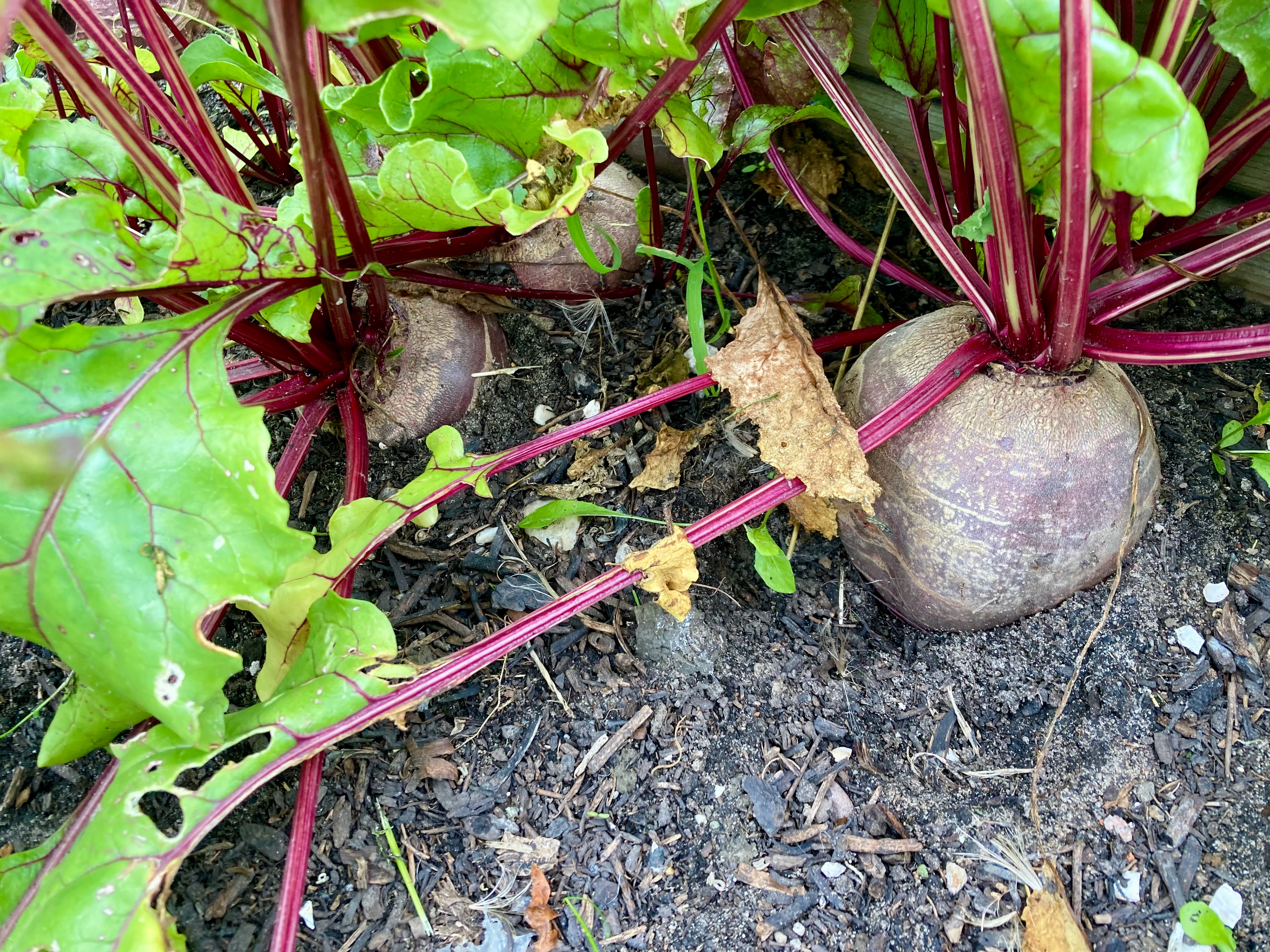
Beets
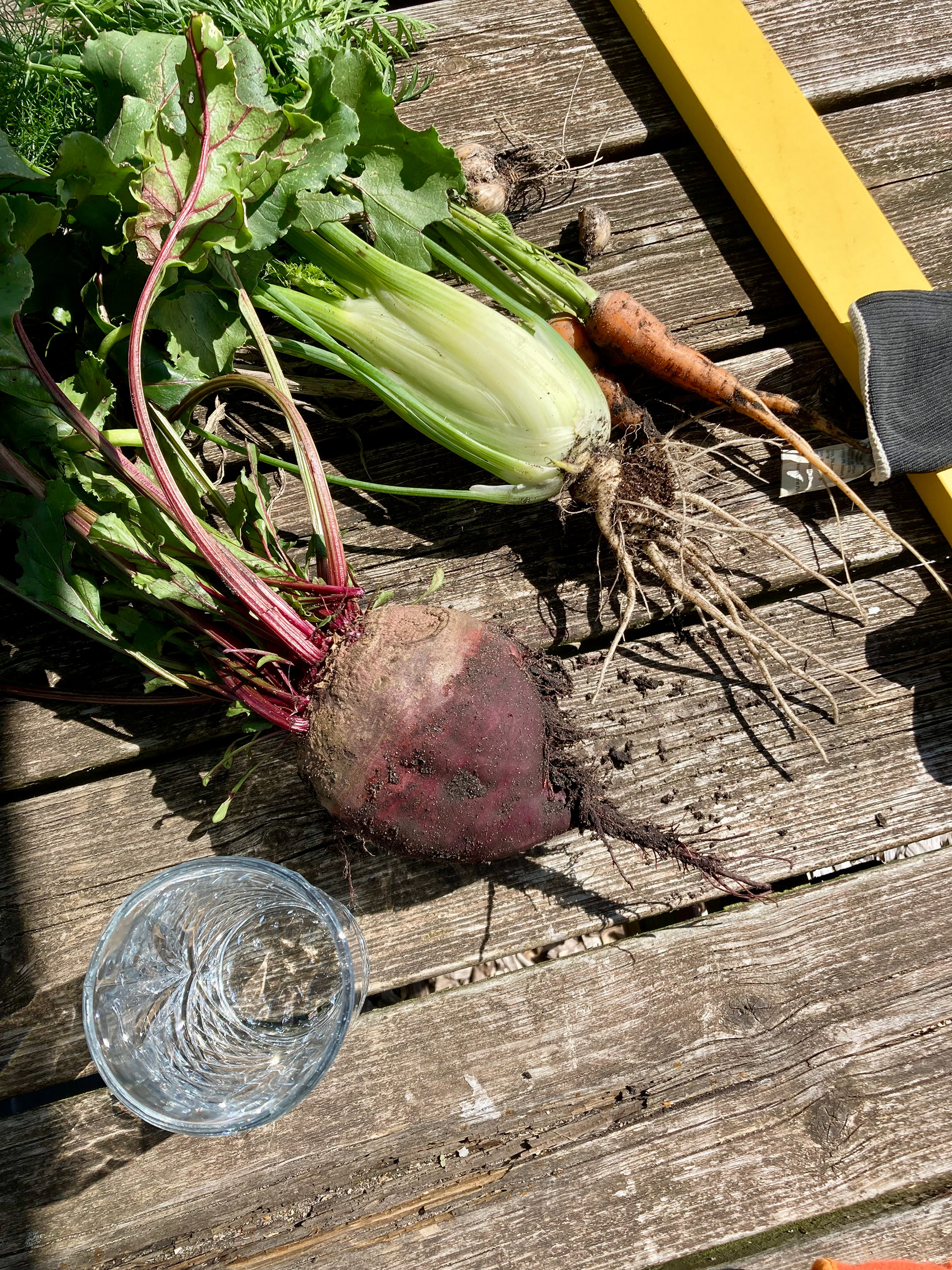
Vegetables freshly harvested
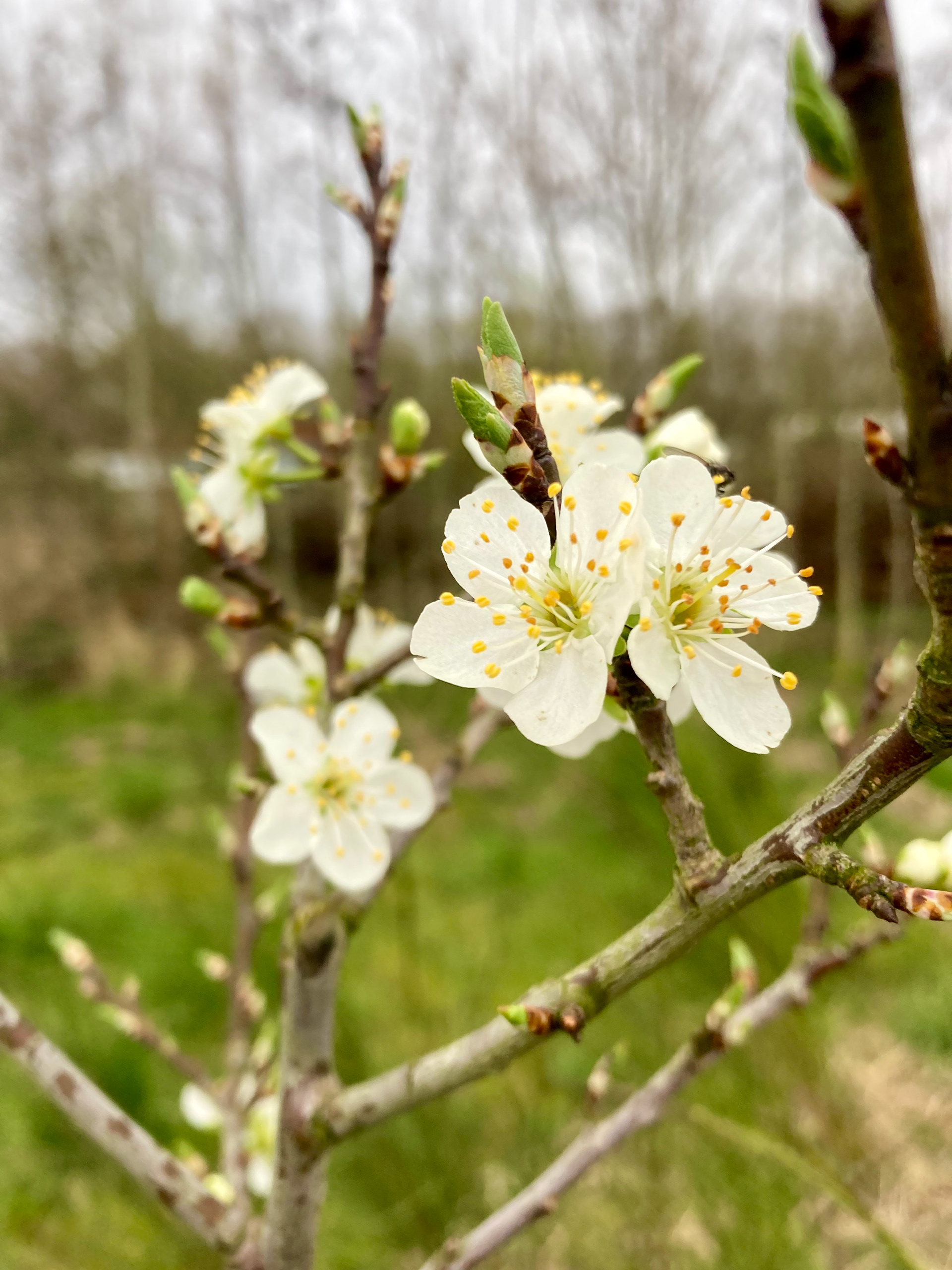
Plum flower
Gradually we see the ecosystem starting to thrive and find new species. Most of them found their own way to their new habitats, except the chickens that we introduced ourselves.
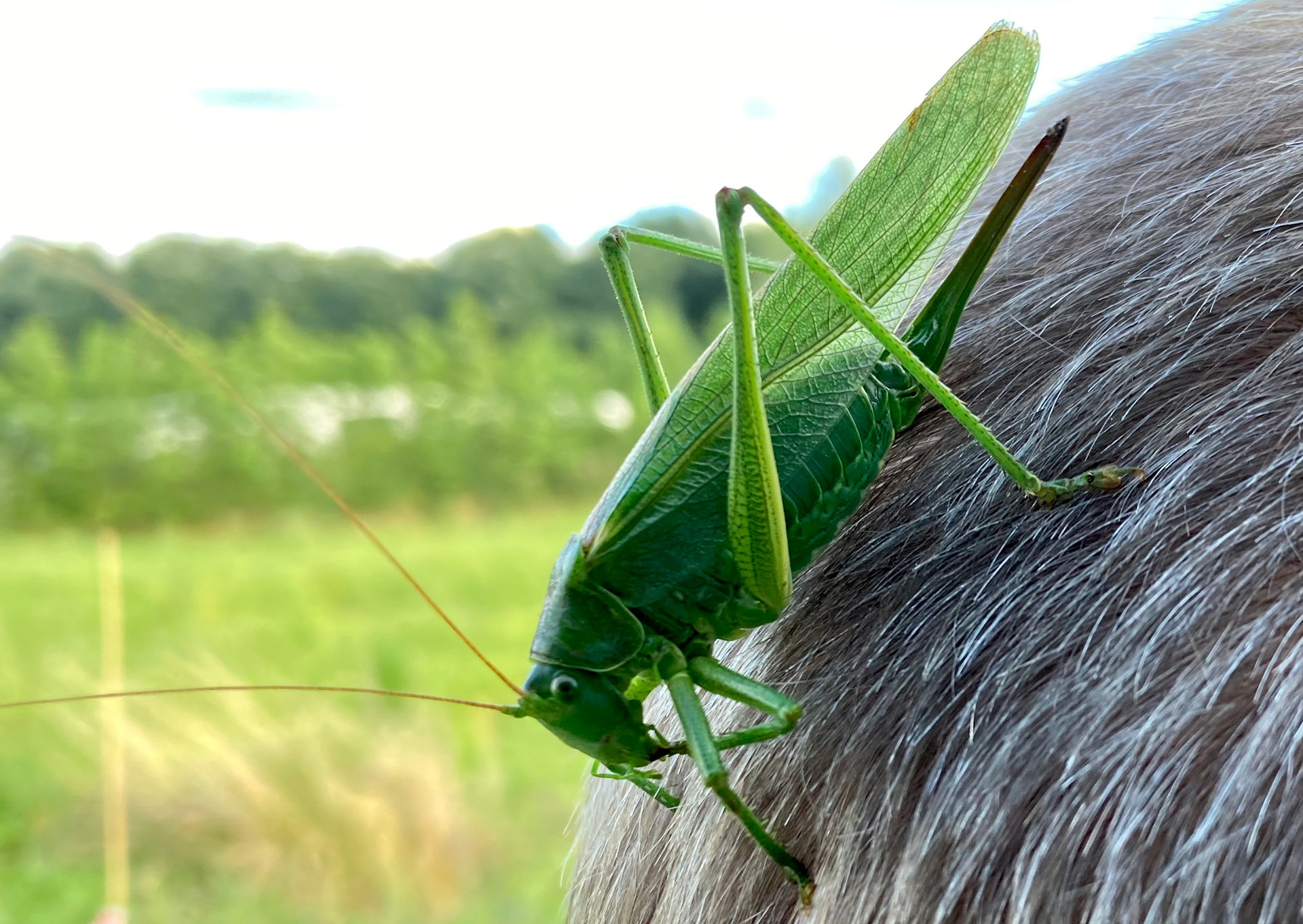
Great green bush-cricket
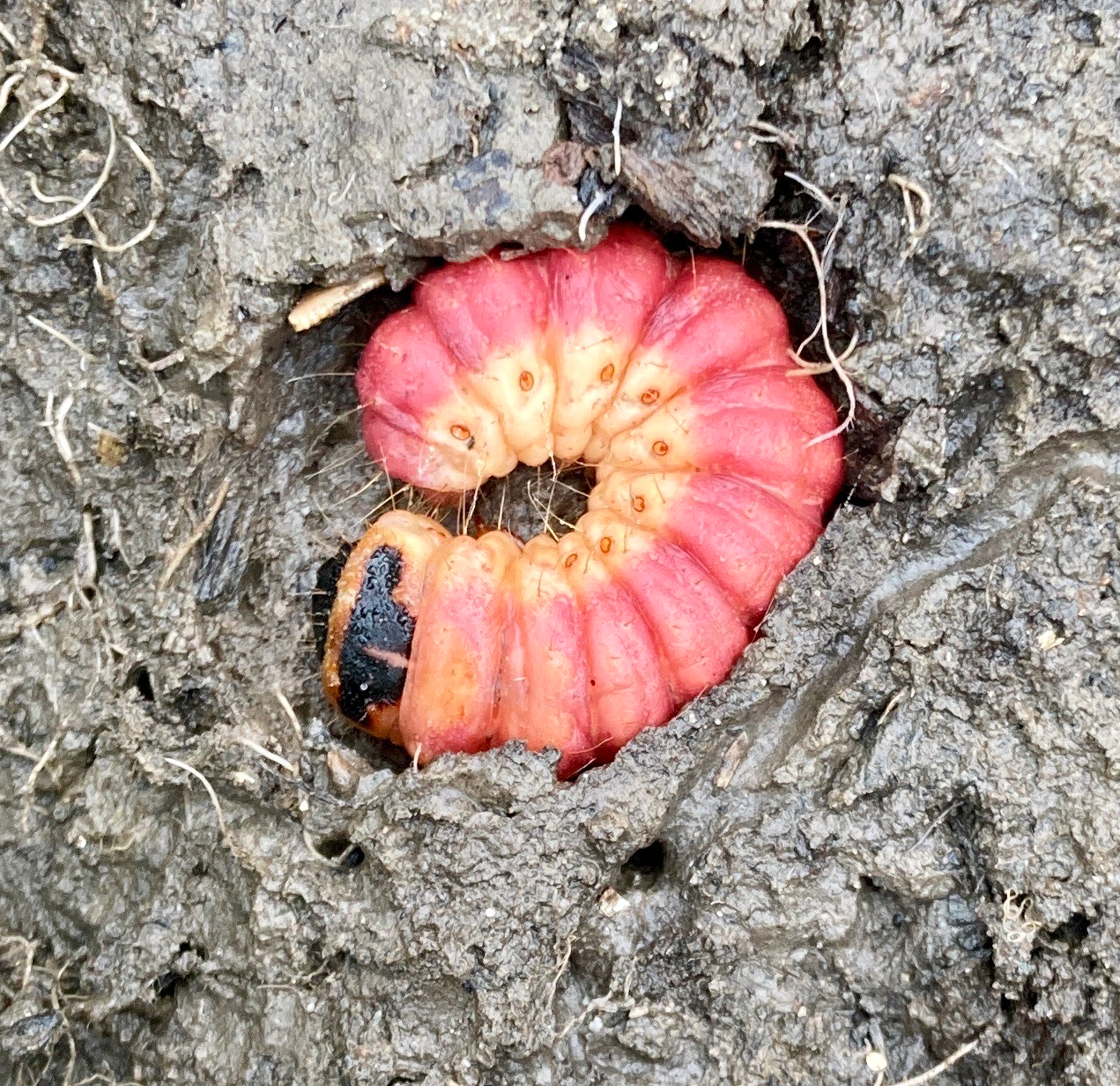
Caterpillar of the Goat moth

Wasp spider
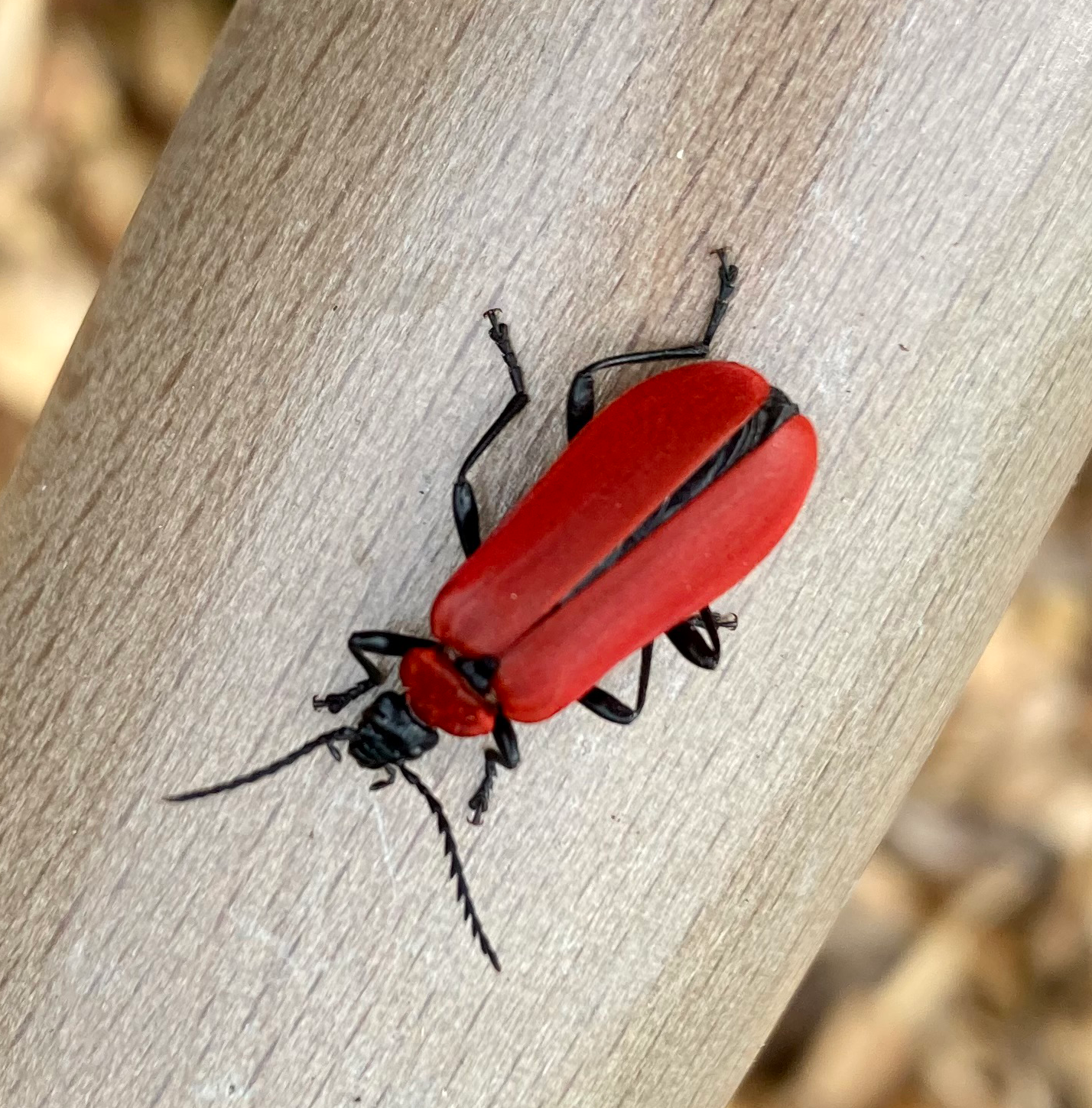
Cardinal beetle
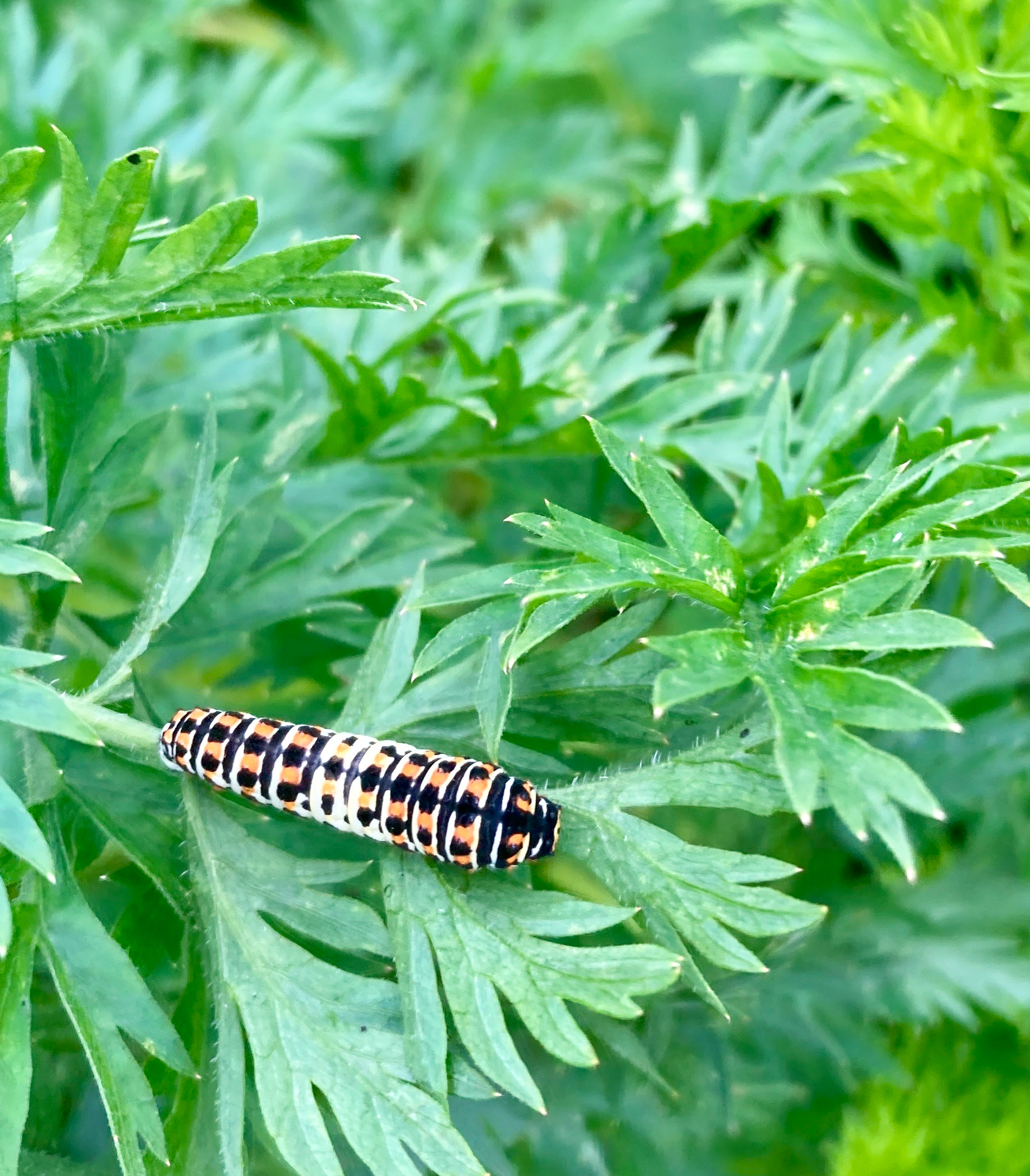
Caterpillar of the Old world swallowtail
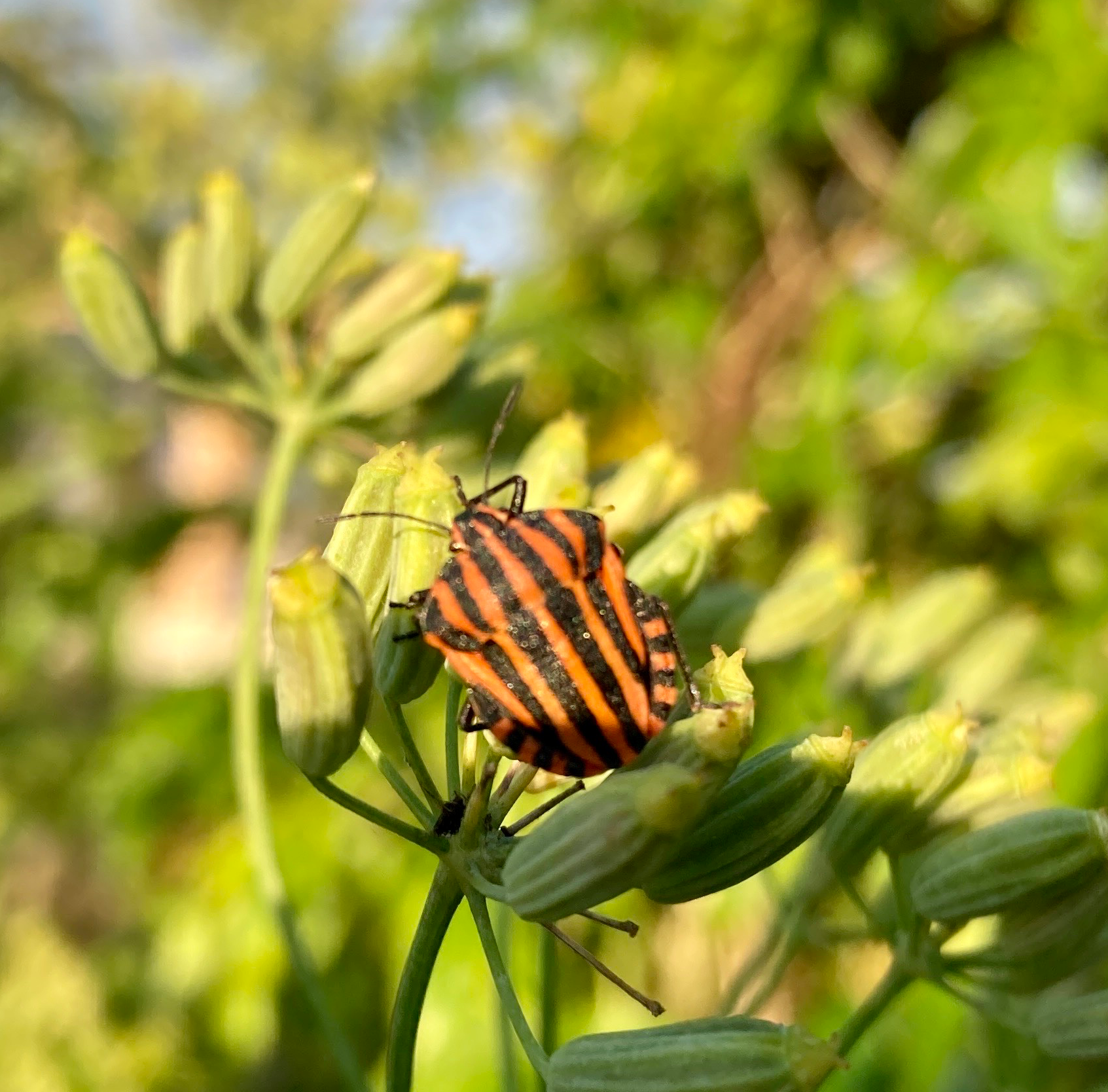
Striped bug (Graphosoma italicum)
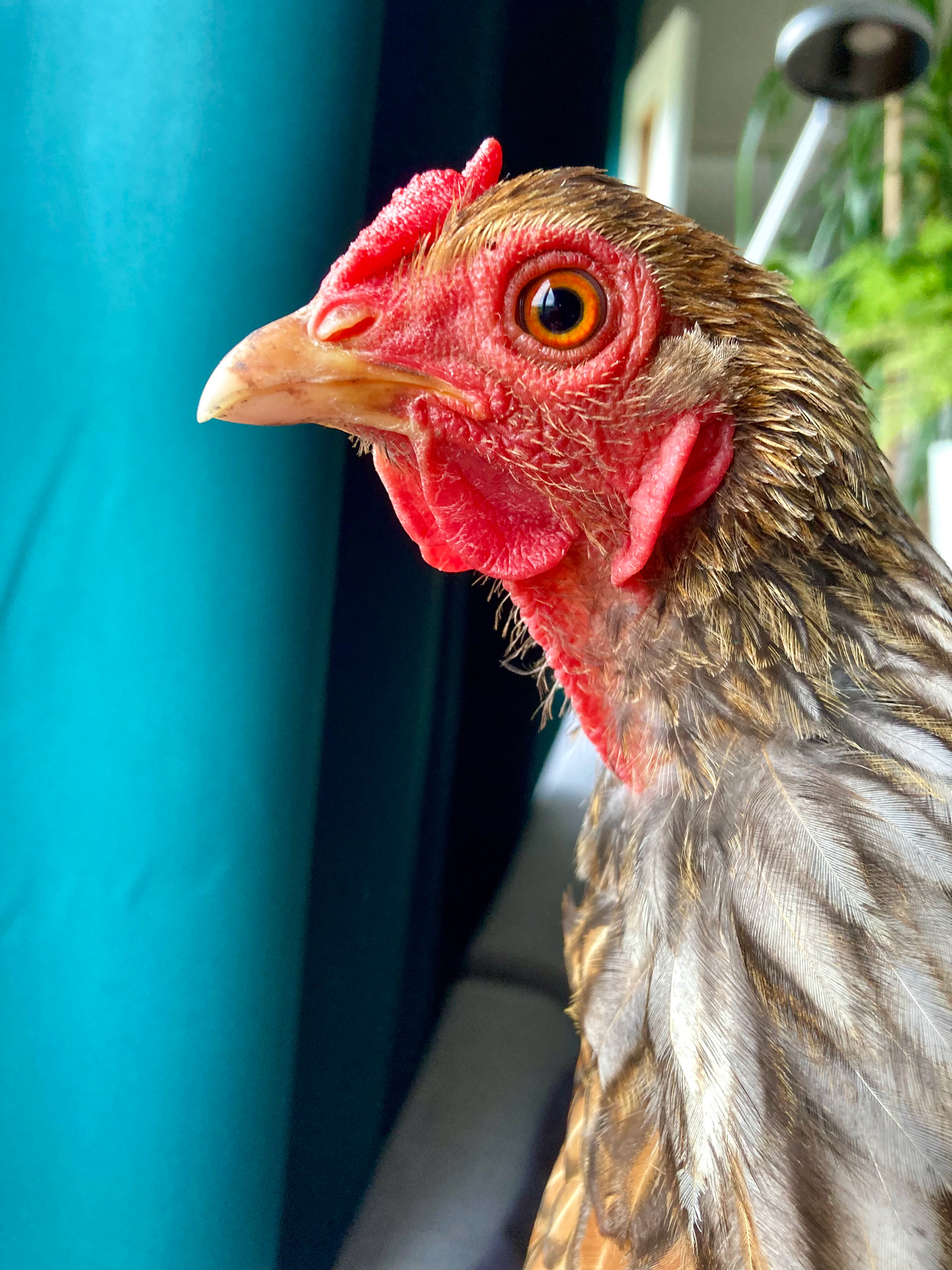
One of our hens
